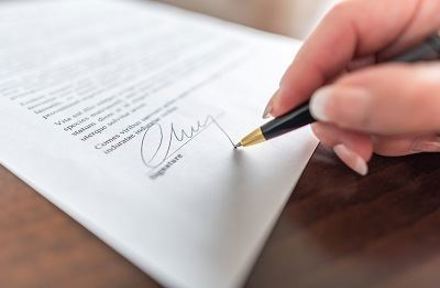
LexisNexis 2024 report: Has the partner track lost its lustre?
Lawyers are increasingly opting not to pursue partnership positions within law firms due to concerns about burnout and work-life balance.

Does your workplace need a AI workplace policy?
While some employers are seeking to restrict the use of AI in the workplace, other employers are choosing to embrace it, perhaps recognising opportunities to improve work processes and workflows and also, in much the same way as the rise of social media and the internet before that that the continuing growth of AI is to some extent probably inevitable.

Is Your Lawyer Happy?
In our latest blog, Legal Studio reflect on lawyers, working conditions and chickens…

Top 10 Hiring Platform Firm with 100% Consultant Retention Rate
How Legal Studio is part of the movement redefining the legal profession

3 key things to think about if you’re considering Consultancy in 2025
Lawyer? Miserable? With only 116 days of 2024 left, here are 3 key things to think about if you’re considering Consultancy in 2025…

In A Bind?
Things are not always what they seem. Sometimes, what appears to be an agreement is not in fact binding. On the other hand, a binding agreement can be made without the parties realising it. So, when do you have a binding contract?